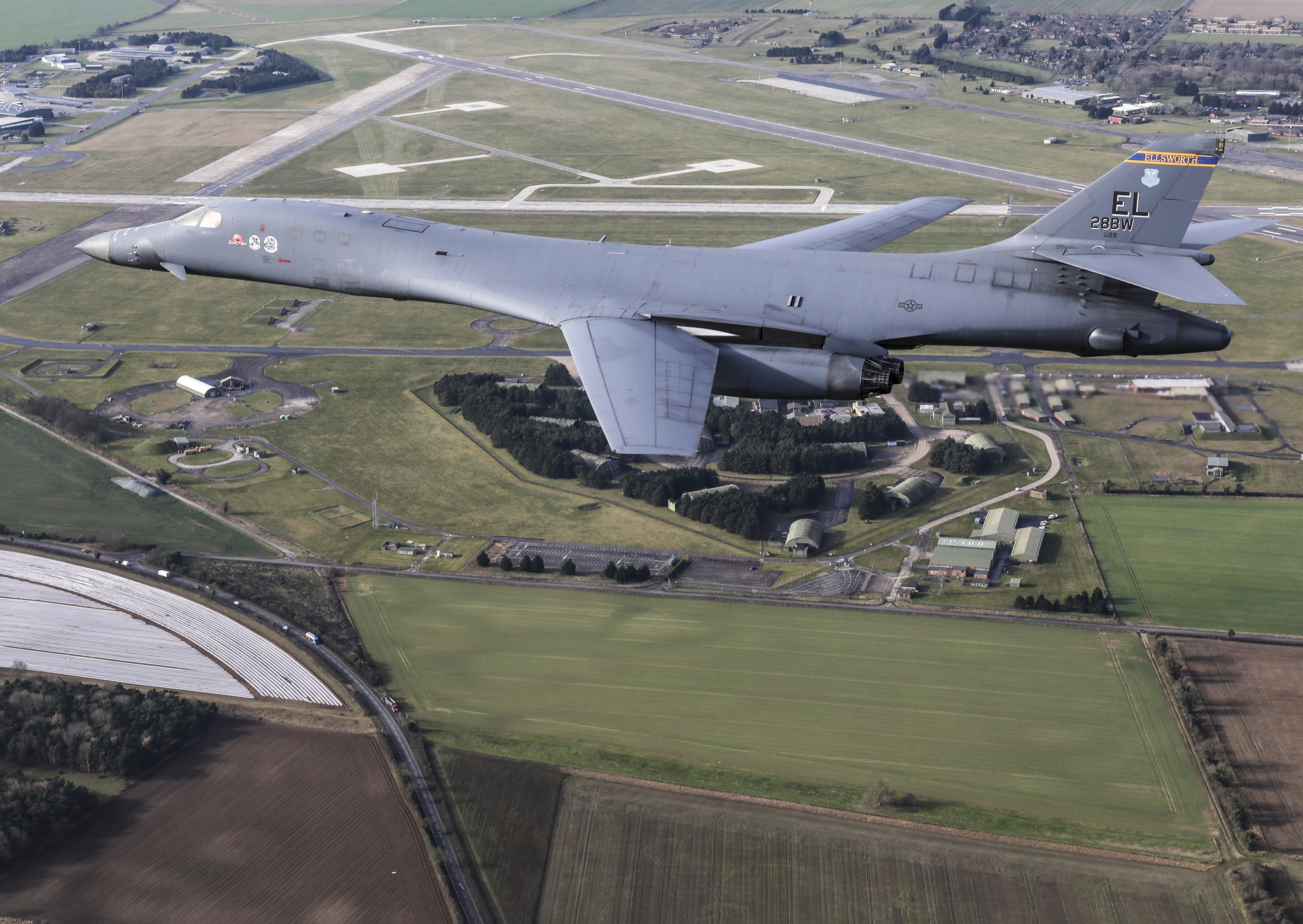A report by Matt Korda, writing for the Federation of American Scientists, has cast new light upon the possibility of nuclear weapons returning to British shores for the first time since 2008. The US Air Force has secured $50m in funding for a project at RAF Lakenheath in Suffolk that could lead to this eventuality. Specifically, the expenditure refers to the building of a 144-bed dormitory that is intended to “house the increase in enlisted personnel as the result of the potential surety mission.” This is terminology typically referring to the handling of nuclear weapons.
The upgrade to RAF Lakenheath is taking place as the new 495th Fighter Squadron (currently hosted at the base) prepares to become the first US Air Force squadron in Europe to be equipped with the nuclear-capable F-35A Lightning II, and coincides with the long-planned delivery of the new B61-12 gravity bombs to Europe. These will replace the approximately 100 legacy B61-3s and -4s estimated to be deployed on the continent, which is considered by observers to be a relic of the Cold War. Also of note, is that when nuclear weapons were removed from RAF Lakenheath in 2008 the necessary facilities were simply mothballed rather than being dismantled, thus creating greater opportunity to act upon the upgrade, which is due to begin construction in June 2024 and complete in February 2026.
The possibility of the return of nuclear weapons to British shores appears to stand in opposition to a statement in December 2021 by NATO Secretary General Jens Stoltenberg when he said, “we have no plans of stationing any nuclear weapons in any countries than we already have.” However, this was specifically in response to a question on introducing nuclear weapons to Poland, and geopolitical matters have clearly evolved in the intervening period. Further comment has not been forthcoming as the Guardian reported that the Pentagon had not responded to a request for comment, while a spokesperson for the UK Ministry of Defence said: “It remains a long-standing UK and NATO policy to neither confirm nor deny the presence of nuclear weapons at a given location.”
Unsurprisingly, the possibility of this change in strategic capability has caused an amount of controversy around an already hot-button issue. Speaking to the BBC, CND General Secretary Kate Hudson said: “It’s increasingly clear that Lakenheath is once again a vital cog in Washington’s overseas nuclear machine. The deployment of a new B61-12 to Europe undermines any prospects for global peace and ensures Britain will be a target in a nuclear conflict between the US/NATO and Russia.” This comes after more than 200 people protested outside the Lakenheath base last year after the US added the UK to a list of nuclear weapons storage site locations.
While the departure of Jeremy Corbyn from the leadership of the Labour Party in 2020 means the issue is less likely to make its way to the forefront of political debate in the UK, it will still be interesting to see if or how the Labour Party reacts given the traditionally fractious nature the debate around Britain’s nuclear deterrent has taken within the party. It may be especially notable given that the UK is likely to hold a general election by the end of 2024, which sees the governing Conservative Party seeking wedge issues in an attempt to claw back a currently desperate position in the polls and relying on negative public perceptions of previous Labour positions to cause a drag on the current leadership.
It is unclear from the budget documents whether the UK is intended to be a permanent base, or simply a contingency for times of crisis. What appears clear though, is that nuclear weapons are indeed heading to Suffolk within the next few years.
Feature Photo: US B-1B Lancer flying out of FAR Lakenheath with British F-35 escort – MoD Imagery, 2023


